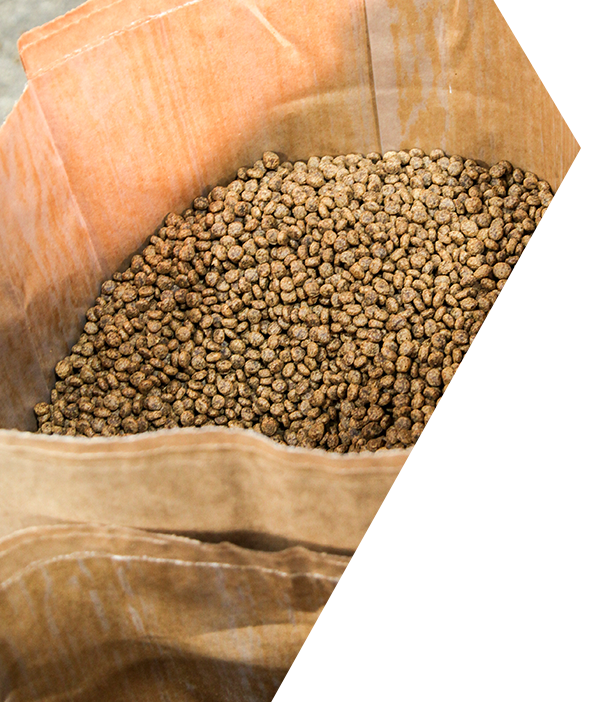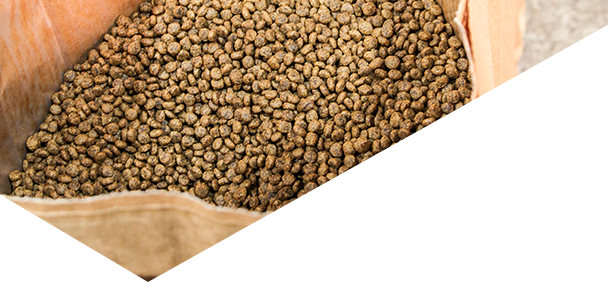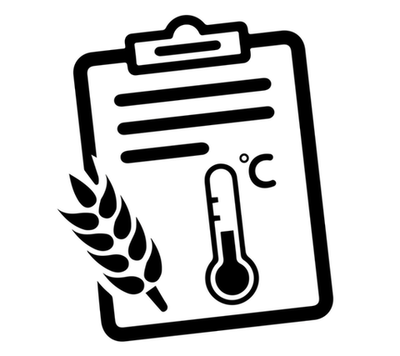


go with the grain
Managing mycotoxins for a healthier feed mill.
Josh Teulker - Global Feed Mill Specialist
Over the years, we have discovered that most grains have some form of mycotoxin present — and further, depending on the conditions in a given year, mycotoxins can be a greater risk from time to time.
In the rare years when conditions are favourable, there is little to worry about when it comes to controlling the mycotoxins entering our mills, but how should we respond during the years when mycotoxins have an increased potential of contaminating our grains?
Not receiving the grain is not an option; we have to feed the animals something!
Read More

take the lead with your feed
Click on each section to find out the steps to discover and combat mycotoxin contamination.

Understanding the risk
The first step is to have a better understanding of which toxins will affect the species your mill is feeding and which toxins will have a measurable impact on the animals eating the feed.
A great resource to reference for all things mycotoxins is Alltech’s www.knowmycotoxins.com.
There, you can find information about what species are affected by which mycotoxins and how those species react to those toxins.
Once you have the knowledge of how the species being fed are affected by mycotoxins, you will better understand the threat to your region.
Harvest reports can also be found on the website, and your Alltech representative can give you credible information on the outlook of toxins in your area.

Receiving grain
Benjamin Franklin allegedly once said, “If you fail to plan, you are planning to fail.” While it’s likely Ben wasn’t talking about mycotoxins when he spoke these words, this statement still holds true.
We must have a plan in place for all scenarios that could arise when receiving potentially contaminated grains. Should every mill test every load of grain for mycotoxins before they enter the storage bins? Of course not. And most mills are not set up to put this type of program in place.
So, what is a feasible, effective plan for managing toxins entering your mill? This will vary based on the species being fed. Start by evaluating your mill structure, workforce and the availability of testing equipment.
We recommend every mill have the ability to test mycotoxins either at the mill or at a central location where tests can be performed in a timely manner. Quick tests for mycotoxins are advancing and becoming more user-friendly for mills.
We recommend a rapid test made by Neogen® called Raptor®, which is capable of analysing up to three samples independently and simultaneously. This tool is affordable and will give you nearly instant feedback on the grain you are receiving.
The Alltech 37+® mycotoxin analysis is the gold standard for mycotoxin testing and should be used in conjunction with in-house testing. The 37+ analysis is so highly regarded because, along with the testing, it includes reports and recommendations from experts in the mycotoxin field.

Detecting Toxins
Now that we have a way to test mycotoxins, we must decide how often to test. We recommend collecting a composite sample for mycotoxin testing weekly. These samples will give you a broad picture of what you are receiving.
After collecting this information from the composite samples, a layering system can be set up based on the levels of toxins found. For each layer of testing, there should be guidelines in place for what actions to take based on the different levels of toxins present; it does no good to test for mycotoxins and have no plan for how to utilize the information you receive.
Determine a level of toxins you are comfortable receiving and hold the suppliers accountable for abiding by those levels. If you start seeing a high level of toxins, implement more stringent testing at receiving.
If you feel your levels are still manageable, continue monitoring with standard testing. (Do not forget that corn is not the only grain in which mycotoxins are found. Any grain or grain-based ingredients have the potential to contain toxins — and they are often more concentrated.)
No matter how much testing we do at receiving, it is impossible to keep all mycotoxins out of the grain. We always suggest using Alltech’s Mycosorb A+® to combat the effects of toxins that may have slipped through the cracks. Consult with your Alltech representative for more information on this product.

Sampling for mycotoxins
Detailed attention should be given to creating a program for properly sampling for mycotoxins at receiving. Improper sampling will not give you all of the information you need from a load of grain.
To get the entire story, the correct equipment and methods must be implemented before testing is ever even discussed.
Use a sampling probe to collect all samples, and take multiple samples throughout the entire lot or load from which you are collecting information.
Give employees guidelines, including the location and the number of subsamples expected when creating a composite sample of different types of loads.
Include proper sampling in employee training and treat sampling as the most important part of the receiving process.

Grain management
Grain quality and proper storage practices are key to ensuring that mycotoxins are controlled inside your mill once the ingredients are received. Molds can multiply quickly in the correct conditions, and oftentimes, the inside of storage bins are ideal environments for molds.
Ensure that all grain coming to your mill is at a low enough moisture level to avoid problems inside the bins. Typically, less than 15 percent moisture is a good benchmark for proper grain storage.
Monitor the temperature of the grain inside the bins regularly, and use aeration to keep grain as close to the average monthly temperature as possible. Bin fans are not a tool to dry grain and should only be expected to keep temperature under control to avoid condensation.
Avoid running fans while rain is in the forecast to prevent drawing moisture into the bin. Clean out bins when possible and inspect the bins for build-up on walls and holes in the roof and sides, where moisture could seep through.








